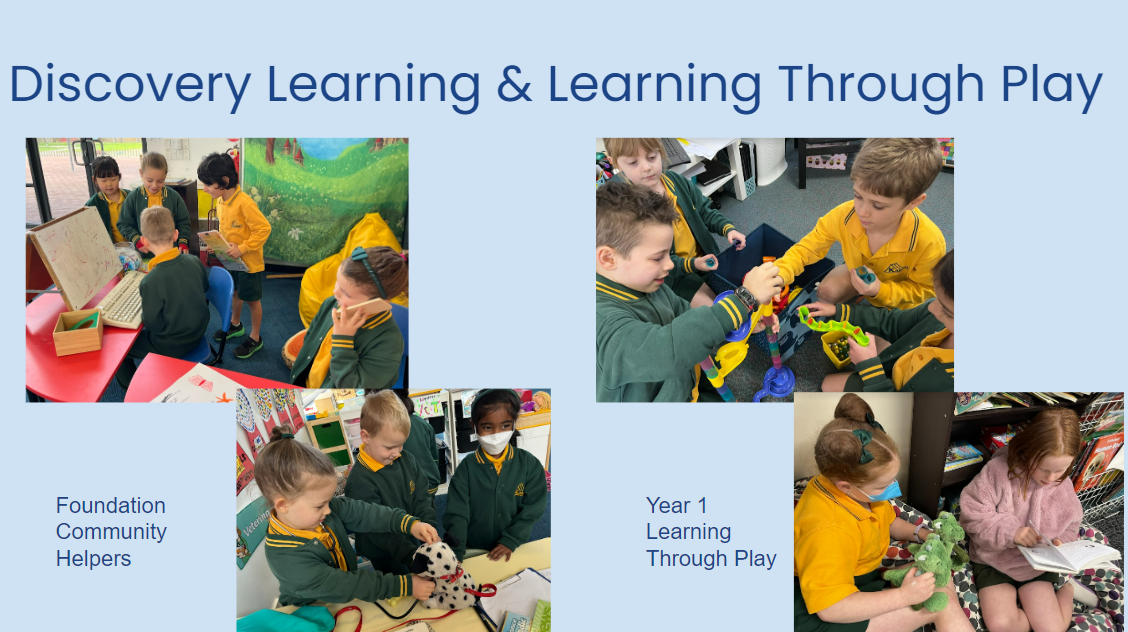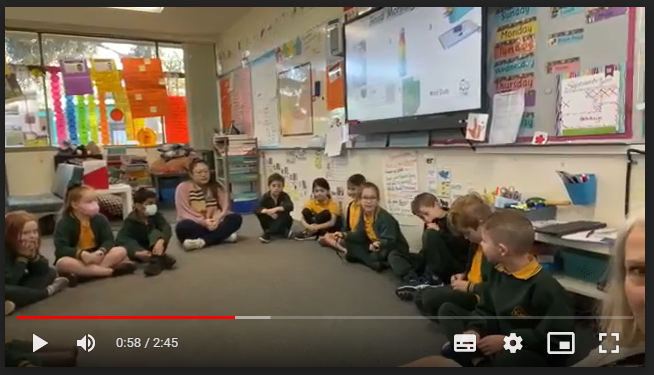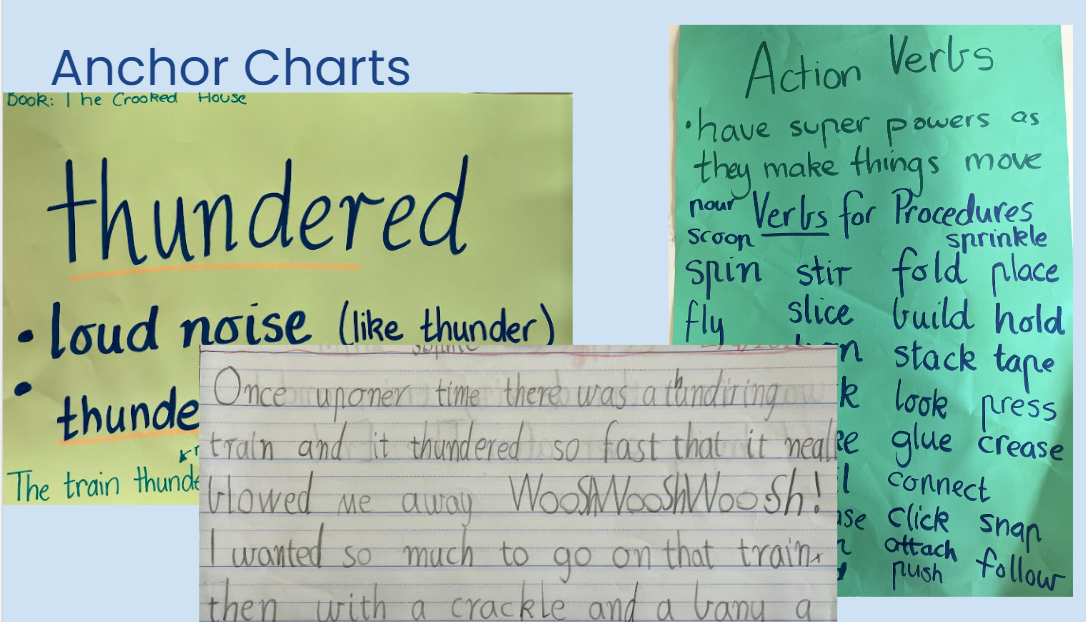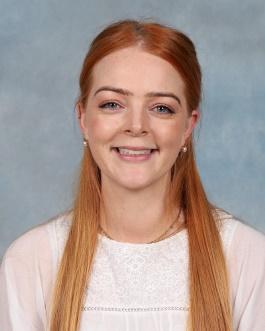Assistant Principal - Teaching and Learning
Ms Ashley Kuusela

Assistant Principal - Teaching and Learning
Ms Ashley Kuusela
Last term Karoo Primary School hosted a visit from the Boutique School Network and I shared with you what professional learning our school was able to share with teaching staff from the network. In our last newsletter edition, we heard from Mrs. Amy Ellis and today we here from Mrs. Fiona Marker about Discovery Learning, Learning Circles and Anchor Charts.
Discovery Learning and Learning through Play
Discovery Learning is an opportunity for Foundation students to further explore many aspects of what they have been explicitly taught in the classroom. Oral language is an area focused upon throughout the year. Early in the year, the oral language focus is the practice of social and emotional language through interactions and getting to know each other. Recently, the students have been learning about Community Helpers so the Discovery Learning Area echos this learning, as shown in some of these photos. The students decide what centres they would like to have. After the decision has been made, they design the area and make or organise the materials needed and help set them up. As you can see, there is a huge amount of opportunities for oral language, not just academic but also social and pragmatic language.


Check-in and Learning Circles
At Karoo PS we have Wellbeing focussed Check In circles. These are used, for example, to monitor how the students are feeling and as an opportunity for students to develop their emotional vocabulary. In Year 1, for example, students begin a Monday morning by saying how they are feeling and what they are looking forward to in the school week ahead. Learning circles are similar in that all students sit (or stand) in a circle and everyone has a voice and is able to contribute, however the focus of the discussion is focussed on academic learning. The picture here shows how the students in 1M were given the opportunity to use the vocabulary learnt from picture story books. In this particular lesson, states Mrs Marker, students began to use the word ‘Exuberant’ which was a focus word from a few weeks ago. It is exciting to hear students beginning to use it in their talk, as once one student used it in this circle, other students picked up on the use of exuberant as well, which is great because it is gave them opportunities to reinforce vocabulary. The term ’Learning Circles’ is new to our school and we are incorporating them into our instructional model. The students and teachers sit at one level while explicitly teaching, discussing or sharing learning in the Mini Lesson, Catch and Debrief. Students are encouraged to use the language being targeted in the session.


Anchor Charts
Anchor charts can look very simple, however there is a lot of talk and language used to develop them. You can see photos of anchor charts from Year 1. These are English anchor charts but anchor charts are used across the curriculum. At Karoo, we develop co constructed anchor charts, not premade, so the students own the chart and remember what was talked about together.
The Year 1 students have started to have a class focus word, chosen by the students from the mentor text, as seen in the yellow chart. This focus word is what we want to try to weave into our talk and then writing. Year 1s have started a Try It display, so students can have the charts as a third teacher. The word ‘thundered’ was one of five words from the mentor text The Crooked House and the students chose this word. To understand the meaning of thundering, students listened to a train thundering, spoke in thundering voices, discussed how the base word is thunder and how it relates to thundering. Recently students completed a cold write for narratives and some of the students have started to use the focus words in their writing.
In another series of lessons, the Year 1 students were looking at the Word Choice trait when writing procedural texts. They learnt about action verbs and how to use various verbs in their writing. Students explored mentor texts to start their search for ‘action verbs’, before sharing action verbs that they already knew. When students didn’t know what a word meant, such as ‘crease’, they were given opportunities to turn and talk, think pair share, and even act out the words - ie creasing paper. Later activities included sorting similar verbs into groups to help categorisation of vocabulary for easier retrieval. The best thing was that the students owned this chart and actually went up to use this chart when they were writing their procedures as they wanted to make great word choices.


As you can see, teachers at Karoo use a large number of strategies to develop our student’s oral language and vocabulary. It is thrilling to hear student use colourful and varied vocabulary that they have learnt about and discussed in the classroom, both in their everyday language and in their writing.


Ms Ashley Kuusela

